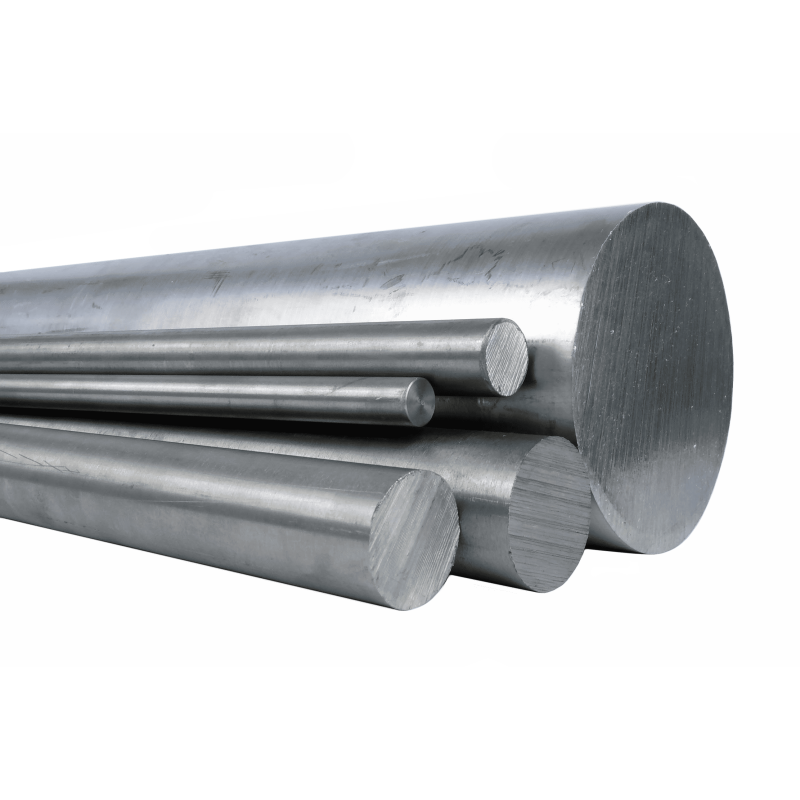Titanium rods are crucial components in various industries due to their excellent properties. Understanding the specifications, applications, manufacturing processes, and key considerations for purchasing titanium rods is essential for optimizing performance and quality.
Specifications and Size Ranges
Titanium rods are categorized based on diameter and length. Diameter options range from 0.5mm to 400mm, catering to diverse customization needs. Standard lengths typically hover around 3000mm but can be tailored to specific requirements.

Applications and Characteristics of Different Specifications
- Diameter < 10mm: Ideal for precision instruments, electrodes, and medical devices due to their fine dimensions and excellent conductivity.
- Diameter between 10mm and 100mm: Widely used in aerospace, marine, and chemical industries for their durability and corrosion resistance.
- Diameter > 100mm: Known for their exceptional load-bearing capacity, these rods are crucial in high-demand sectors like nuclear power systems and heavy machinery.

Manufacturing Processes
Titanium rod production involves methods such as investment casting, heat treatment, machining, and surface treatment. Investment casting ensures precise dimensions and surface quality, while heat treatment enhances internal structure and properties. Machining processes like cutting, grinding, and drilling tailor rods to specific shapes and sizes. Surface treatments like polishing, pickling, and buffing remove impurities and enhance corrosion resistance.

Key Considerations for Purchasing
- Selecting appropriate specifications based on application requirements.
- Thoroughly inspecting surface quality for defects and cracks.
- Choosing suppliers with advanced production processes and quality assurance systems.




